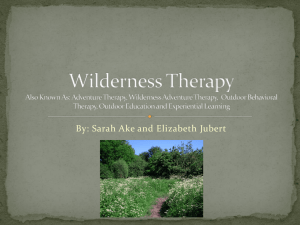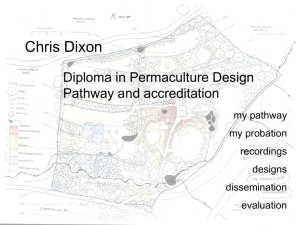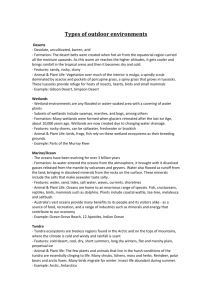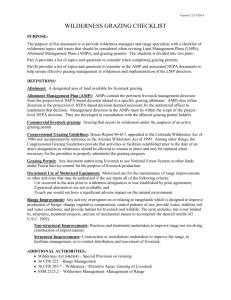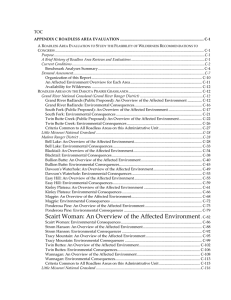Additional Information
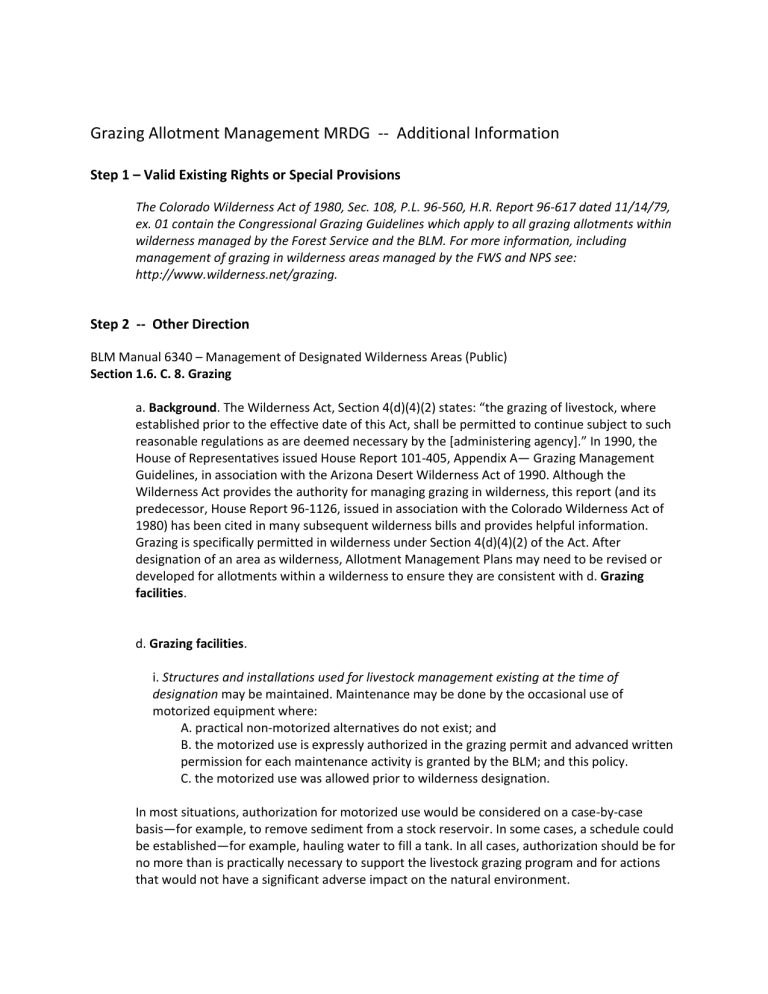
Grazing Allotment Management MRDG -- Additional Information
Step 1 – Valid Existing Rights or Special Provisions
The Colorado Wilderness Act of 1980, Sec. 108, P.L. 96-560, H.R. Report 96-617 dated 11/14/79, ex. 01 contain the Congressional Grazing Guidelines which apply to all grazing allotments within wilderness managed by the Forest Service and the BLM. For more information, including management of grazing in wilderness areas managed by the FWS and NPS see: http://www.wilderness.net/grazing.
Step 2 -- Other Direction
BLM Manual 6340 – Management of Designated Wilderness Areas (Public)
Section 1.6. C. 8. Grazing a. Background. The Wilderness Act, Section 4(d)(4)(2) states: “the grazing of livestock, where established prior to the effective date of this Act, shall be permitted to continue subject to such reasonable regulations as are deemed necessary by the [administering agency].” In 1990, the
House of Representatives issued House Report 101-405, Appendix A— Grazing Management
Guidelines, in association with the Arizona Desert Wilderness Act of 1990. Although the
Wilderness Act provides the authority for managing grazing in wilderness, this report (and its predecessor, House Report 96-1126, issued in association with the Colorado Wilderness Act of
1980) has been cited in many subsequent wilderness bills and provides helpful information.
Grazing is specifically permitted in wilderness under Section 4(d)(4)(2) of the Act. After designation of an area as wilderness, Allotment Management Plans may need to be revised or developed for allotments within a wilderness to ensure they are consistent with d. Grazing
facilities. d. Grazing facilities. i. Structures and installations used for livestock management existing at the time of
designation may be maintained. Maintenance may be done by the occasional use of motorized equipment where:
A. practical non-motorized alternatives do not exist; and
B. the motorized use is expressly authorized in the grazing permit and advanced written permission for each maintenance activity is granted by the BLM; and this policy.
C. the motorized use was allowed prior to wilderness designation.
In most situations, authorization for motorized use would be considered on a case-by-case basis—for example, to remove sediment from a stock reservoir. In some cases, a schedule could be established—for example, hauling water to fill a tank. In all cases, authorization should be for no more than is practically necessary to support the livestock grazing program and for actions that would not have a significant adverse impact on the natural environment.
The use of an existing route and mode of travel also must cause the least impact on wilderness character and be similar to what was allowed prior to wilderness designation. These decisions are made during the grazing permitting process with the use of a Minimum Requirements
Analysis (see Appendix B),completed in conjunction with the associated NEPA analysis, through which alternatives are analyzed to determine the method that least impacts wilderness character while remaining consistent with the rule of practical necessity and reasonableness in supporting the livestock grazing program. Actual authorization is granted, consistent with the
NEPA analysis, in a letter of authorization. Authorizations need to be consistent with the
Decision Document, including specified design features or mitigation measures and any specified follow-up actions. Authorizations will include exact travel routes to be followed by any motorized equipment or mechanical transport, as well as rehabilitation requirements.
Where practical alternatives to the use of motor vehicles exist—for example, using horses to distribute small quantities of salt or repair short sections of fence—the BLM will only authorize non-motorized activities.

